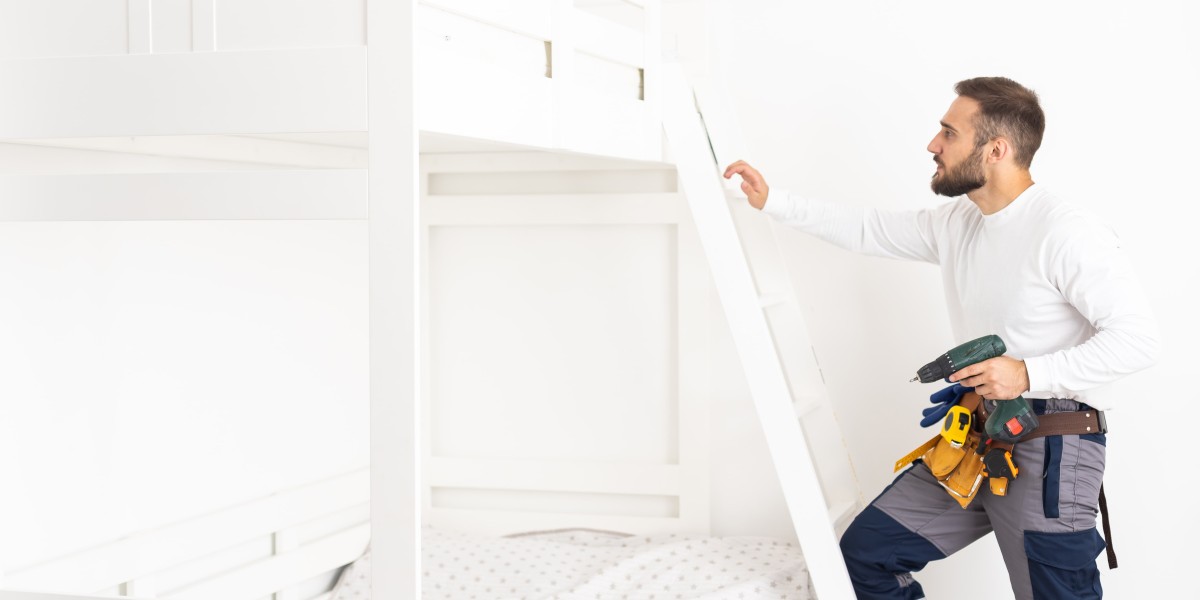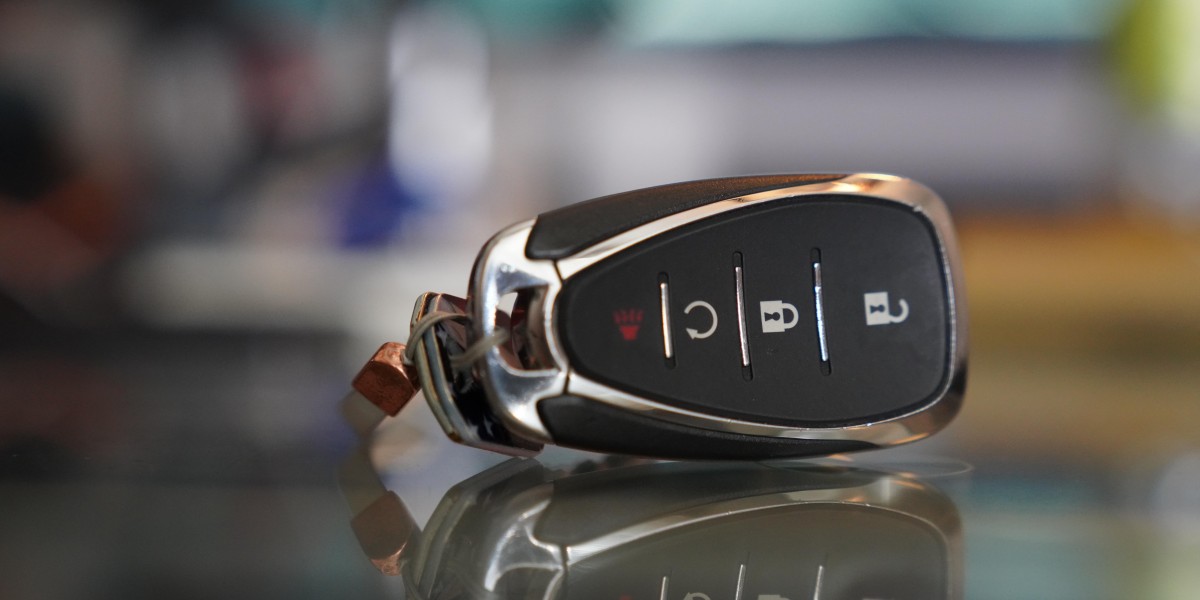The Comprehensive Guide to Built-in Electric Ovens and Hobs
In today's busy world, modern-day kitchen appliances have evolved drastically to accommodate the tastes and needs of contemporary house owners. Among these appliances, built-in electric ovens and hobs stick out for their efficiency, design, and performance. This article checks out the features, advantages, installation ideas, and upkeep of built-in electric ovens and hobs, together with dealing with often asked questions.

Comprehending Built-in Electric Ovens
What Is a Built-in Electric Oven?
A built-in electric oven is an appliance designed to be set up into a wall or kitchen cabinetry, supplying a seamless, integrated appearance in the kitchen. Unlike freestanding ovens, built-in designs conserve space and often come geared up with extra features such as self-cleaning cycles, convection cooking, and various cooking modes.
Types of Built-in Electric Ovens
- Single Ovens: Ideal for smaller sized cooking areas or those who prepare for less individuals.
- Double Ovens: Offer more cooking area, appropriate for larger families or those who captivate regularly.
- Mix Ovens: These consist of both a traditional oven and a microwave, offering versatile cooking alternatives.
Advantages of Built-in Electric Ovens
| Advantage | Description |
|---|---|
| Space-Saving Design | Fits perfectly into cabinetry, freeing up counter space. |
| Enhanced Aesthetics | Develops a modern-day, expert kitchen look. |
| Versatile Cooking Options | Frequently features several cooking modes consisting of bake, broil, and convection. |
| Energy Efficient | Consumes less energy than conventional ovens. |
Understanding Built-in Hobs
What Is a Built-in Hob?
A built-in hob is a cooking surface area installed into the kitchen counter top, incorporating perfectly with the kitchen design. Available in electric, induction, and gas varieties, electric hobs are renowned for their accuracy and ease of usage.
Kinds Of Built-in Hobs
- Electric Hobs: Traditional coil components that heat via electrical resistance.
- Induction Hobs: Use magnetic energy to heat only the cookware, making them quicker and more secure.
- Ceramic Hobs: Feature a smooth surface with convected heat underneath, offering easy cleaning.
Advantages of Built-in Hobs
| Advantage | Description |
|---|---|
| Fast Cooking Times | Electric hobs heat rapidly, decreasing general cooking time. |
| Easy to Clean | Flat surface area permits quick and uncomplicated cleaning. |
| Long lasting | Typically built to last and endure heats. |
| Versatile Compatibility | Works well with numerous cookware materials. |
Setup Considerations
Installing a built-in electric oven and hob requires mindful preparation.
Steps for Installation
- Step the Space: Ensure the measurements of the oven and hob match the allocated space in your kitchen.
- Inspect Electrical Requirements: Consult an electrician to ensure wiring can handle the appliance's power needs.
- Placement of Appliances: Position the oven at a practical height, normally in between waist and eye level.
- Ventilation: Ensure correct ventilation, particularly if your oven incorporates a range hood.
Important Tools
- Power drill
- Screwdrivers
- Level
- Measuring tape
Security Precautions
- Always detach the power before installation.
- Follow producer guidelines carefully.
- Think about employing a professional for electrical connections.
Upkeep Tips
Keeping built-in electric ovens and hobs is essential for longevity and efficiency.
Routine Care Routine
- Cleaning up the Surface: Use a soft fabric and manufacturer-recommended cleaner.
- Examining Electrical Connections: Check cords and plug for damages occasionally.
- Cleaning Filters: If the oven has a ventilator, clean or change the filters as required.
Repairing Common Issues
| Problem | Possible Solution |
|---|---|
| Oven Won't Heat | Examine the power supply and heating element. |
| Heating Inconsistency | Check the thermostat and oven calibration. |
| Hob Not Heating | Guarantee pots and pans is suitable and inspect the power supply. |
Frequently Asked Questions
1. How do I pick the right size built-in electric oven?
Selecting the best size includes determining your kitchen space and thinking about just how much cooking you typically do. If you amuse often or have a large household, go with a double oven.
2. Are built-in electric hobs safe to use?
Yes, built-in electric hobs are safe, particularly induction hobs which just warm the cookware, decreasing the risk of burns.
3. Can I install a built-in oven and hob myself?
While it is possible for knowledgeable DIY enthusiasts, hiring a professional is advised, particularly for the electrical connections.
4. How often should I clean my built-in oven and hob?
Cleaning ought to be done regularly after usage, with deep cleansing periods depending upon cooking frequency - typically every couple of months.
5. Do built-in appliances require special upkeep?
Built-in appliances need comparable maintenance to freestanding designs, however proper care needs to be taken with their surrounding cabinets.

Built-in electric ovens and hobs provide a combination of technology and style, offering efficiency and modern-day aesthetic appeals to any kitchen. With proper choice, careful setup, and routine maintenance, these appliances can enhance one's cooking experience for many years. Understanding the features, benefits, and care requirements can empower homeowners to produce the kitchen of their dreams-- effectively and stylishly.
As kitchens continue to evolve into central centers of the home, selecting the right built-in solutions plays a crucial role in daily culinary creativity and satisfaction.










